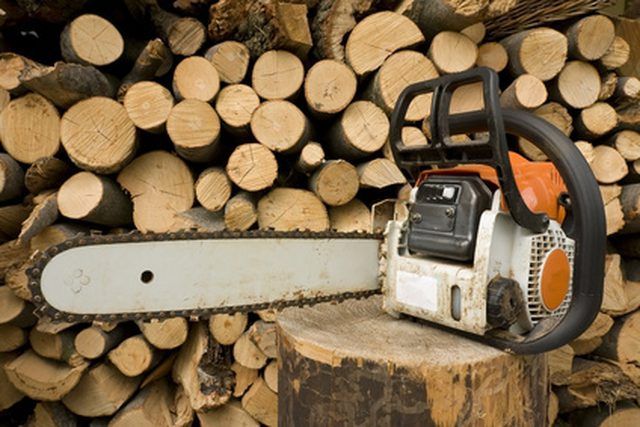Bulbs
Flower Basics
Flower Beds & Specialty Gardens
Flower Garden
Garden Furniture
Garden Gnomes
Garden Seeds
Garden Sheds
Garden Statues
Garden Tools & Supplies
Gardening Basics
Green & Organic
Groundcovers & Vines
Growing Annuals
Growing Basil
Growing Beans
Growing Berries
Growing Blueberries
Growing Cactus
Growing Corn
Growing Cotton
Growing Edibles
Growing Flowers
Growing Garlic
Growing Grapes
Growing Grass
Growing Herbs
Growing Jasmine
Growing Mint
Growing Mushrooms
Orchids
Growing Peanuts
Growing Perennials
Growing Plants
Growing Rosemary
Growing Roses
Growing Strawberries
Growing Sunflowers
Growing Thyme
Growing Tomatoes
Growing Tulips
Growing Vegetables
Herb Basics
Herb Garden
Indoor Growing
Landscaping Basics
Landscaping Patios
Landscaping Plants
Landscaping Shrubs
Landscaping Trees
Landscaping Walks & Pathways
Lawn Basics
Lawn Maintenance
Lawn Mowers
Lawn Ornaments
Lawn Planting
Lawn Tools
Outdoor Growing
Overall Landscape Planning
Pests, Weeds & Problems
Plant Basics
Rock Garden
Rose Garden
Shrubs
Soil
Specialty Gardens
Trees
Vegetable Garden
Yard Maintenance
Homelite Chain Saw Repair
Homelite Chain Saw Repair. Homelite chain saw engines need only three basic things to run: fuel, compression and ignition. Therefore, most repairs will fall into one of these three categories. To diagnose a problem and the necessary repair, you should isolate the problem into one of these areas. This will allow you to test the whole system to...

Homelite chain saw engines need only three basic things to run: fuel, compression and ignition. Therefore, most repairs will fall into one of these three categories. To diagnose a problem and the necessary repair, you should isolate the problem into one of these areas. This will allow you to test the whole system to locate the part or parts that may be causing the problems. It will also prevent you from making unnecessary repairs or repairing one part only to find out it was a symptom of a much larger problem.
Things You'll Need
Screwdriver
Socket wrench
New spark plug
Leather working gloves
Rag
Brush
Detergent
Emery cloth
Carburetor cleaner
Carburetor kit
Ignition repairs
Ignition System Repairs
Slide the flat side of the screwdriver underneath the rubber boot that's attached to the spark plug. Carefully pop the boot off of the spark plug. Check the boot and attaching wire for damage or a loose connection.
Unscrew the spark plug using the socket wrench. Throw away the old spark plug and fit the new spark plug, metal point out, into the rubber plug. With a gloved hand, hold the boot, with spark plug in it, about 3 millimeters away from a metal part on the engine block. Tug on the starter cord and look for a blue spark across the points.
Work your way back to the ignition module, checking the wires for any damage or loose connections. Unscrew the ignition module cover and disconnect the ground wire from the ignition switch.
Repeat the spark plug test. If there's a spark, replace the defective ignition switch. If there's no spark, check the two lead wires from the ignition switch to the starter for any loose or damaged connections.
Unscrew the starter cover and remove it from the engine. Inspect the flywheel for any damage. Unscrew the flywheel and remove it from the crankshaft. Make sure the air gap between the flywheel key and the starter is .2 mm. Replace the flywheel if it's sheared, damaged or doesn't spin properly on the crankshaft.
Take the chainsaw to a mechanic to test the starter coil and magneto gap. Test the ignition module to make sure the circuit is complete. Replace parts as necessary.
Compression Repairs
Unscrew the cylinder cover and remove it from the engine. Take off the air filter from its mounting plate. Wipe the area around the air filter clean with the rag. Wash the air filter if it's dirty or replace it if it's old and hard.
Unscrew the muffler cover and pull the spark arrestor screen from inside the muffler. Scrub the screen with the brush in warm, soapy water to clean it. If it's covered in heavy carbon deposits, replace the screen.
Inspect the muffler for any cracks or holes. Look inside the muffler to the exhaust port and make sure it isn't clogged or plugged. Make sure the muffler is tightened against the engine housing. Remove the muffler from the engine.
Inspect the cylinder housing for any cracks or damage. Remove it from the piston. Pull out the piston ring and replace it. Remove the piston from the engine. Make sure it isn't chipped or scarred. Buff out minor dents and nicks with the emery cloth. Replace the piston if it's heavily grooved or damaged.
Remove and replace the crankshaft seals if compression problems persist. Take it to a professional mechanic if you're not qualified to make these repairs.
Fuel System Repairs
Drain the fuel tank of any remaining gas. Pour it out into an approved fuel container. Rinse the tank out with a small amount of soapy water. Pour the water out and scrub the tank clean with the brush and rag. Check the vent hole on the gas cap. Clean or replace the cap if the vent hole is clogged with debris.
Disconnect the fuel lines from the carburetor. Pull them out through the fuel tank. Replace both of the fuel lines and the fuel filter.
Unscrew the carburetor from its mounting plate. Remove and disassemble the carburetor. Soak the parts in a carburetor cleaner bath overnight to dissolve any built-up gas deposits. Scrub it clean with the brush.
Reassemble the carburetor with a carburetor kit. Replace all of the gaskets, valve covers, seals, filters and Welch plugs. Replace the needle valve, levering arm and spring.